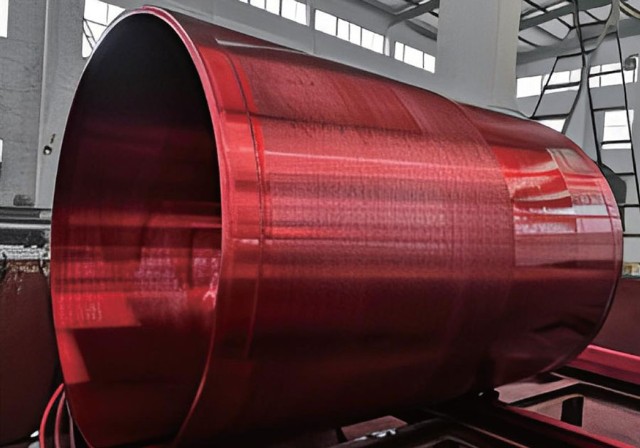How to check the accuracy of automotive components?
As an important means of transportation in modern society, the safety and reliability of automobiles are crucial. The accuracy of automotive components directly affects the performance and service life of the entire vehicle. Therefore, precision testing of automotive components is particularly crucial.

There are various methods for precision testing of automotive components, and commonly used methods include:
1. Coordinate Measuring Machine (CMM): CMM is a device that uses the principle of three coordinate measurement to accurately measure the geometric dimensions, shape, and position of workpieces. It is suitable for complex shaped components and can provide high-precision data.
2. Image measuring instrument: The image measuring instrument uses image processing technology to measure components in two or three dimensions. It is easy to operate, highly efficient, and suitable for components with relatively simple shapes.
3. Projector: The projector uses the principle of optical projection to project the contour of the measured workpiece onto the screen, and determines the accuracy of the workpiece by comparing the projection image with the standard image. It is suitable for detecting components with contour shape and size.
4. Tool microscope: Tool microscope uses the principle of optical microscope to measure the microscopic dimensions of components. It is suitable for measuring small sizes and shapes of components.
5. Laser scanner: The laser scanner uses a laser beam to scan the surface of the workpiece and obtain three-dimensional data of the surface. It is suitable for quickly measuring complex shaped components.
6. Ultrasonic flaw detector: Ultrasonic flaw detectors use ultrasonic waves to detect internal defects in materials and determine the internal quality of components. It is suitable for detecting defects inside components, such as cracks, pores, etc.
The precision testing indicators for automotive components mainly include the following aspects:
1. Dimensional accuracy: refers to the deviation between the actual size of the component and the design size.
2. Shape accuracy: refers to the deviation between the actual shape of the component and the design shape.
3. Position accuracy: refers to the deviation between the relative position relationship between various features of the component and the design requirements.
4. Surface roughness: refers to the degree of micro roughness on the surface of the component.
5. Material properties: Refers to the mechanical and chemical properties of the materials used in the components.
The precision testing of automotive components is of great significance for ensuring the safety performance and service life of automobiles.
1. Improve overall vehicle performance: High precision components can enhance overall vehicle performance, such as improving engine efficiency, reducing noise, and improving fuel economy.
2. Extend service life: High precision components can extend the service life of the entire vehicle, reduce maintenance frequency, and lower usage costs.
3. Ensuring driving safety: High precision components can improve the safety performance of cars, such as enhancing braking performance and reducing body vibration.
4. Enhance product competitiveness: High precision components can improve product competitiveness and meet market demand for high-performance and high reliability products.
For the manufacturing, processing, and testing needs of automotive parts, KSY Precision Parts (Suzhou) Co.,Ltd.. can provide you with high-quality and efficient services. Kaisiying Precision Technology has advanced equipment and a professional team, which can meet the personalized needs of different customers.